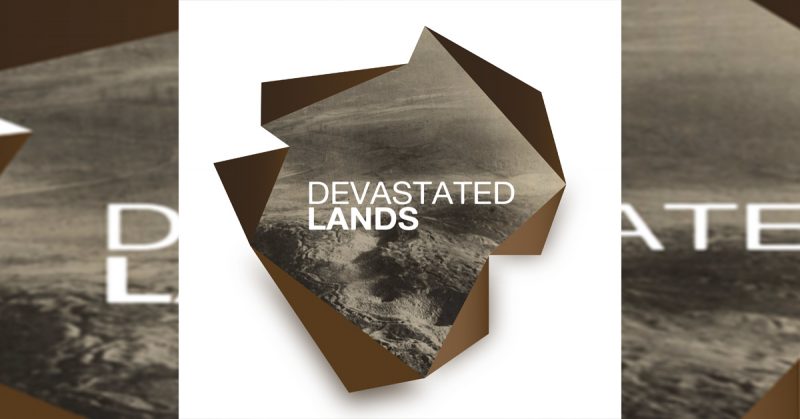When asked to describe the geography of the Western Front in the aftermath of World War I, Poet Laureate of the United Kingdom John Masefield said, “It was a waste so utter that even the ruin was ruined.”
World War I left behind an unprecedented path of desolate landscapes. By the end of the war, much of the Western Front resembled anything but rolling country sides. Instead, the destruction yielded topography akin to an uninhabited planet.
Opening Tuesday, Dec. 11 at the National WWI Museum and Memorial, Devastated Lands examines the battered landscapes through a series of jarring photographs and illustrations from the Museum and Memorial’s collection.
“The environmental effect of World War I is so significant that it’s practically uncalculatable,” said National WWI Museum and Memorial Senior Curator Doran Cart. “More than 100 years after the first shots were fired, the landscapes remain forever changed.”
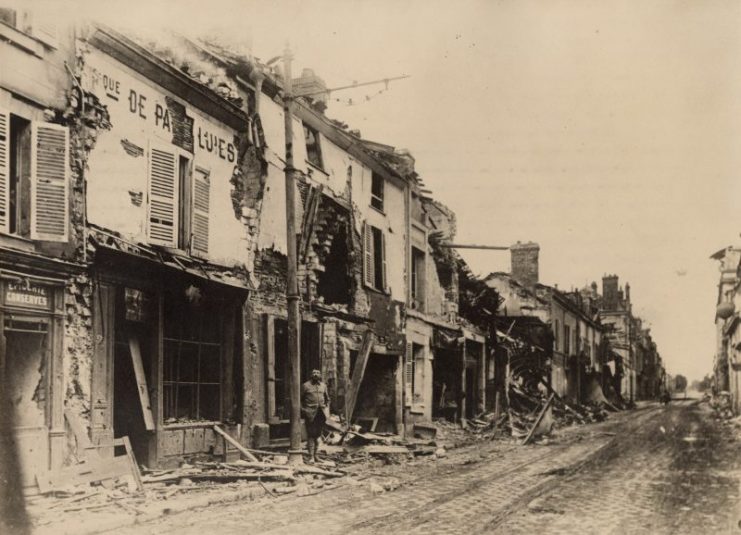
Adelaide Travis, an American Red Cross canteen worker with the Foreign Service, wrote home on May 19, 1919 from France: “We went to the front a week ago today: to Montdidiers, Amiens, Albert, Lens, Arras, St. Quentin and back through the Forest of Compaigne. There is no use my trying to describe the destruction and desolation up there. No description, picture or amount of imagination would give you any idea of it. I was awfully shocked and after seeing it all I marvel that any of them are alive to tell what they have been through. It was just a tiny part of the British front that we saw but it has made a lasting impression on me that will last as long as I live.”
Devastated lands in France and Belgium from the destruction of World War I are still evident. Examples of completely destroyed French towns and villages include Fleury-devant-Douaumont, Pozières, Ripont, Tahure, Regniéville, Flirey, Moussy-sur Aisne, Ailles and Courtecon. Countless others ceased to exist as well.
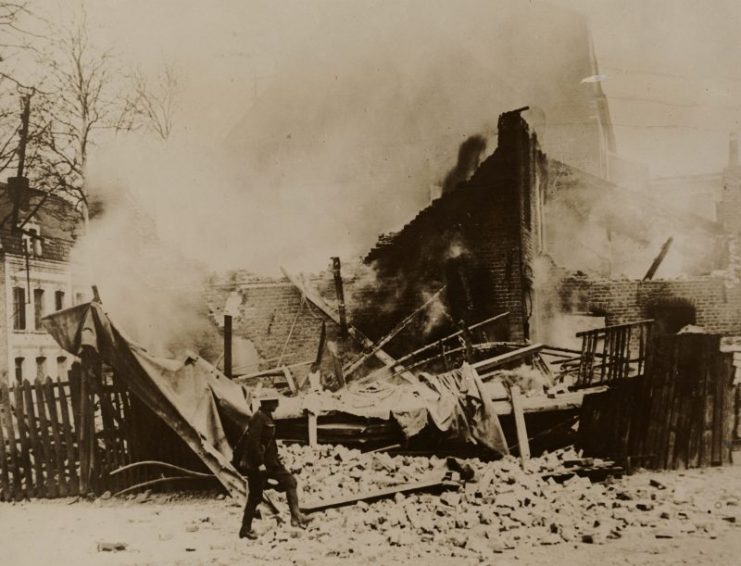
A French poster in the exhibition, “The Voice of the Ruins” by Victor Prouve, lamented that [translated]: “The Voice of the Ruins it mounts from the ravaged earth, from the devastated orchards, from the burned factories, from the destroyed villages, from the walls, fallen or gasping, from the moving solitude of phantom cities.”
Unexploded ordnance from the war still lurks in the soil of Europe. Trained crews of disposal experts travel constantly through the battle areas finding, transporting and destroying live artillery shells, including poison gas ones, ammunition and grenades.
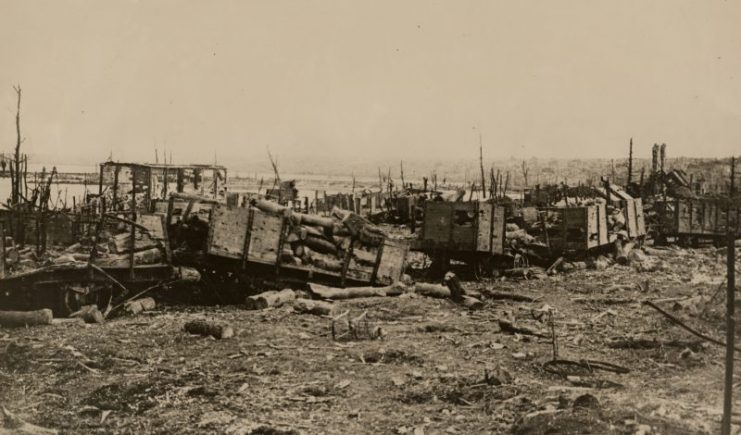
Farmers often turn them up in their fields and place the still-lethal objects alongside the roads. Teenagers harvesting potatoes in Belgium must be careful because dirt-covered German “egg” grenades look like the pomme de terre. It is estimated that it will take an additional 100 years to find and remove the still potent remnants of the First World War and the global conflict that followed 20 years later. The deadly legacy of the war is still with us.
Devastated Lands is open in Memory Hall from Tuesday, Dec. 11 through Sunday, Dec. 22, 2019 and is included with general admission to the Museum and Memorial.
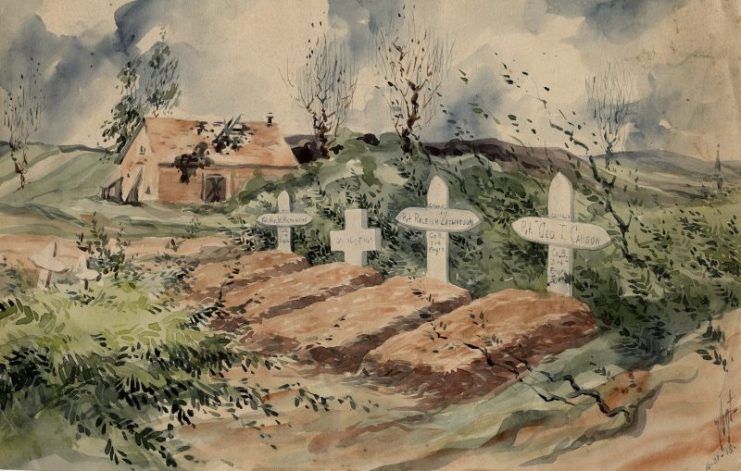
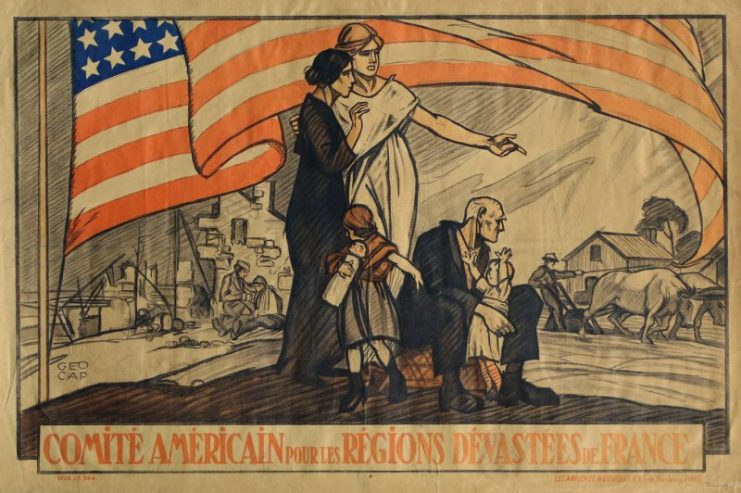
All photos provided by National WWI Museum and Memorial.
